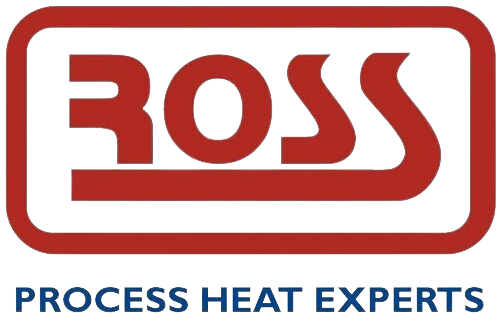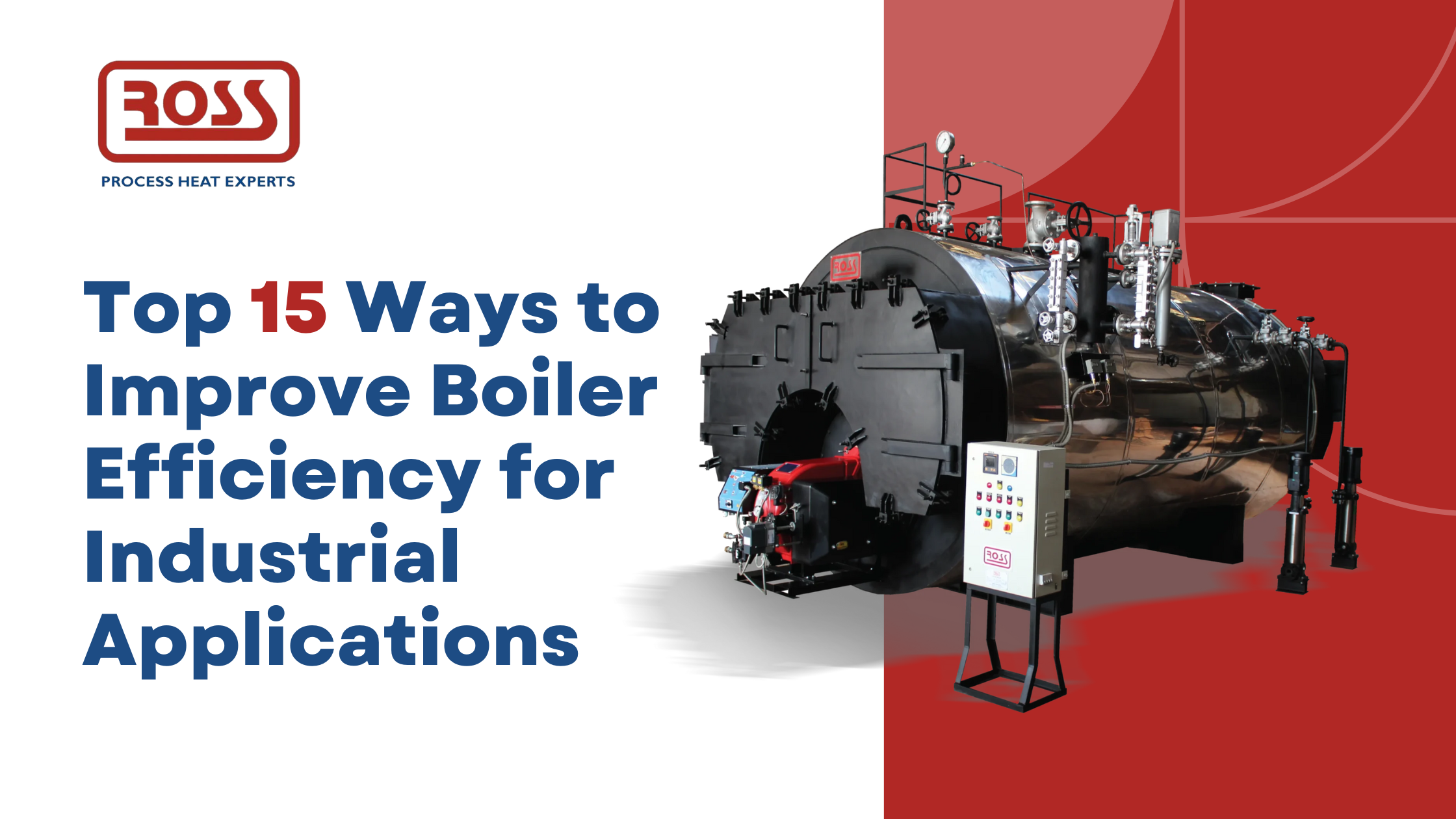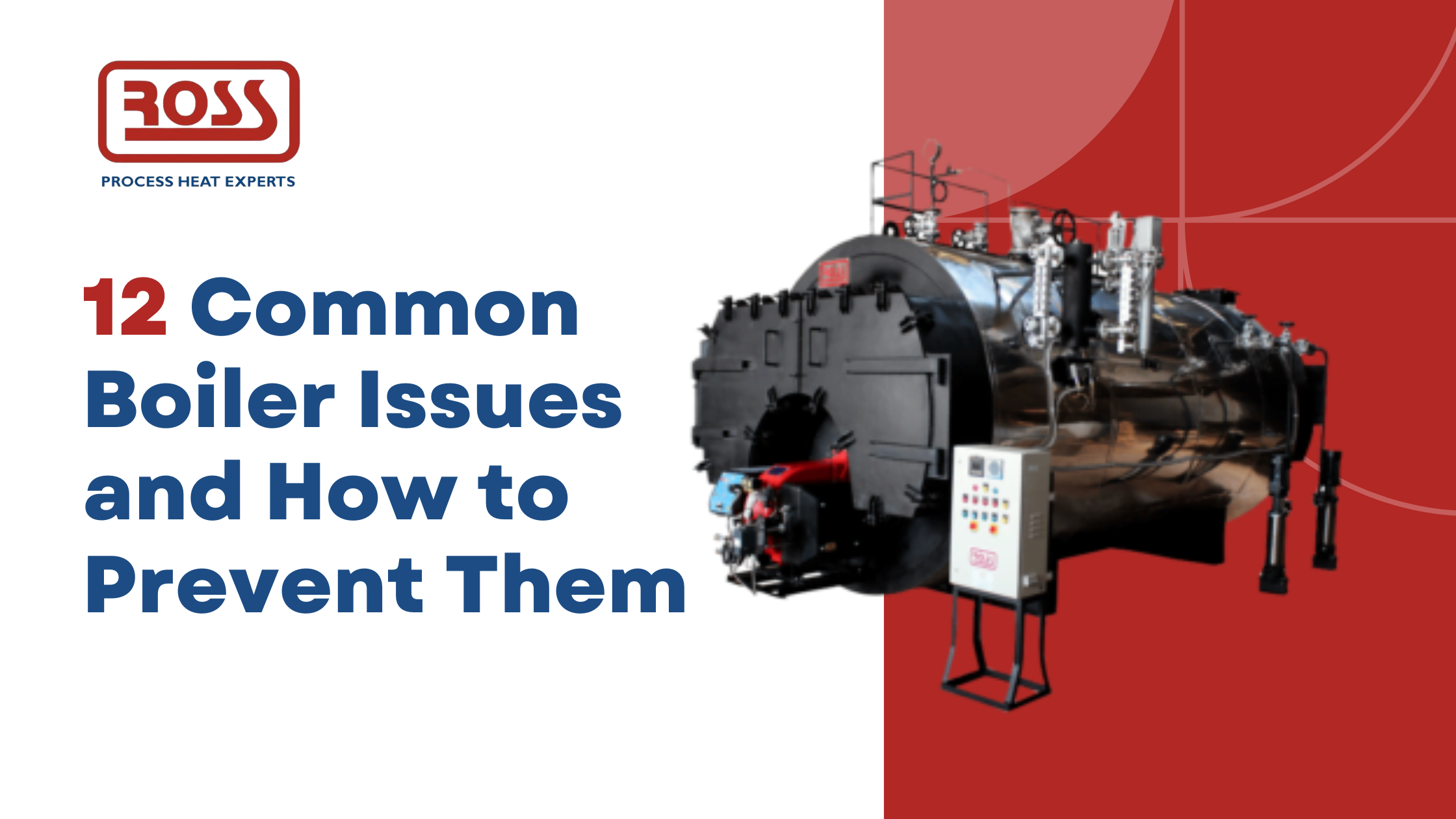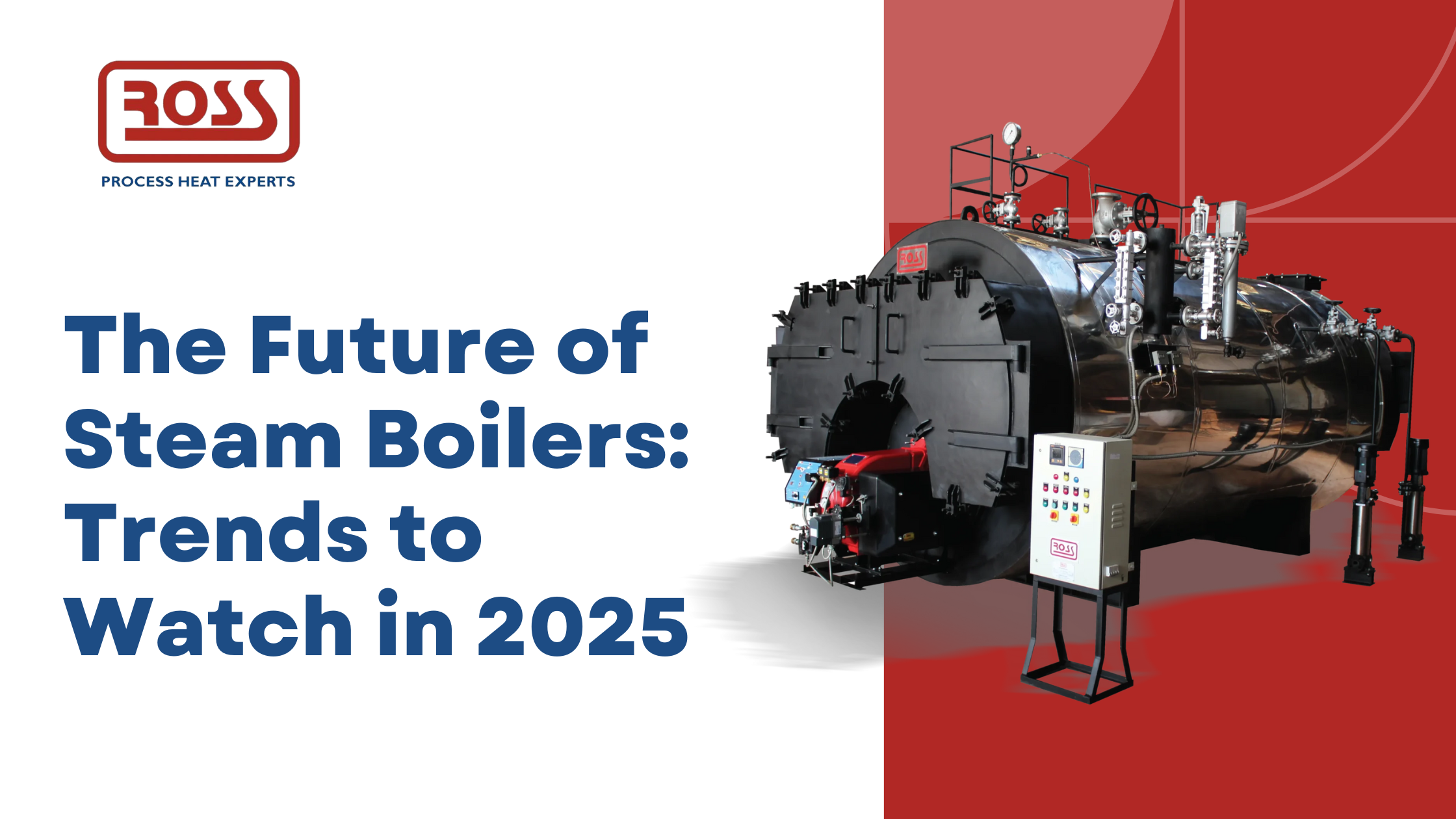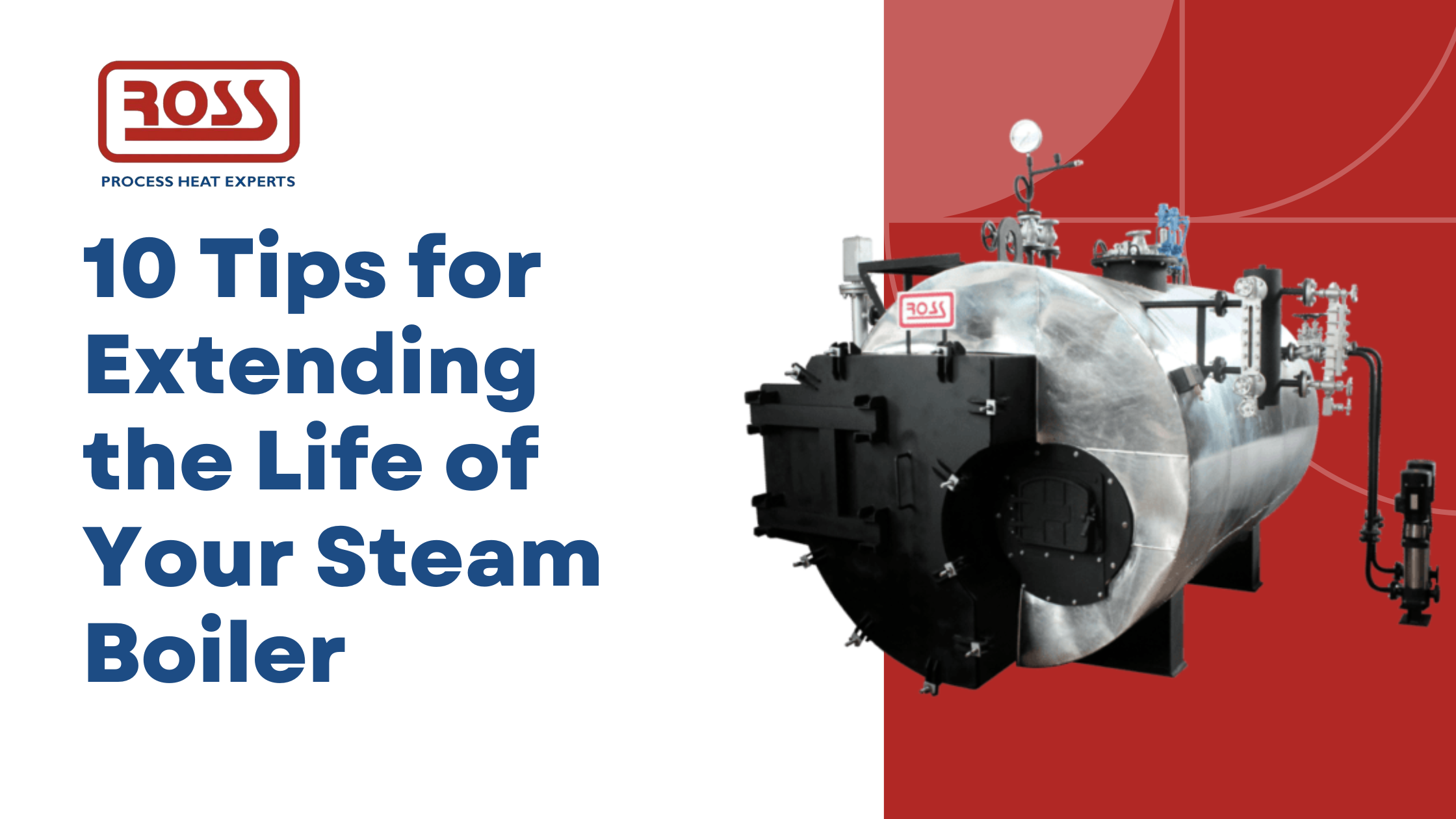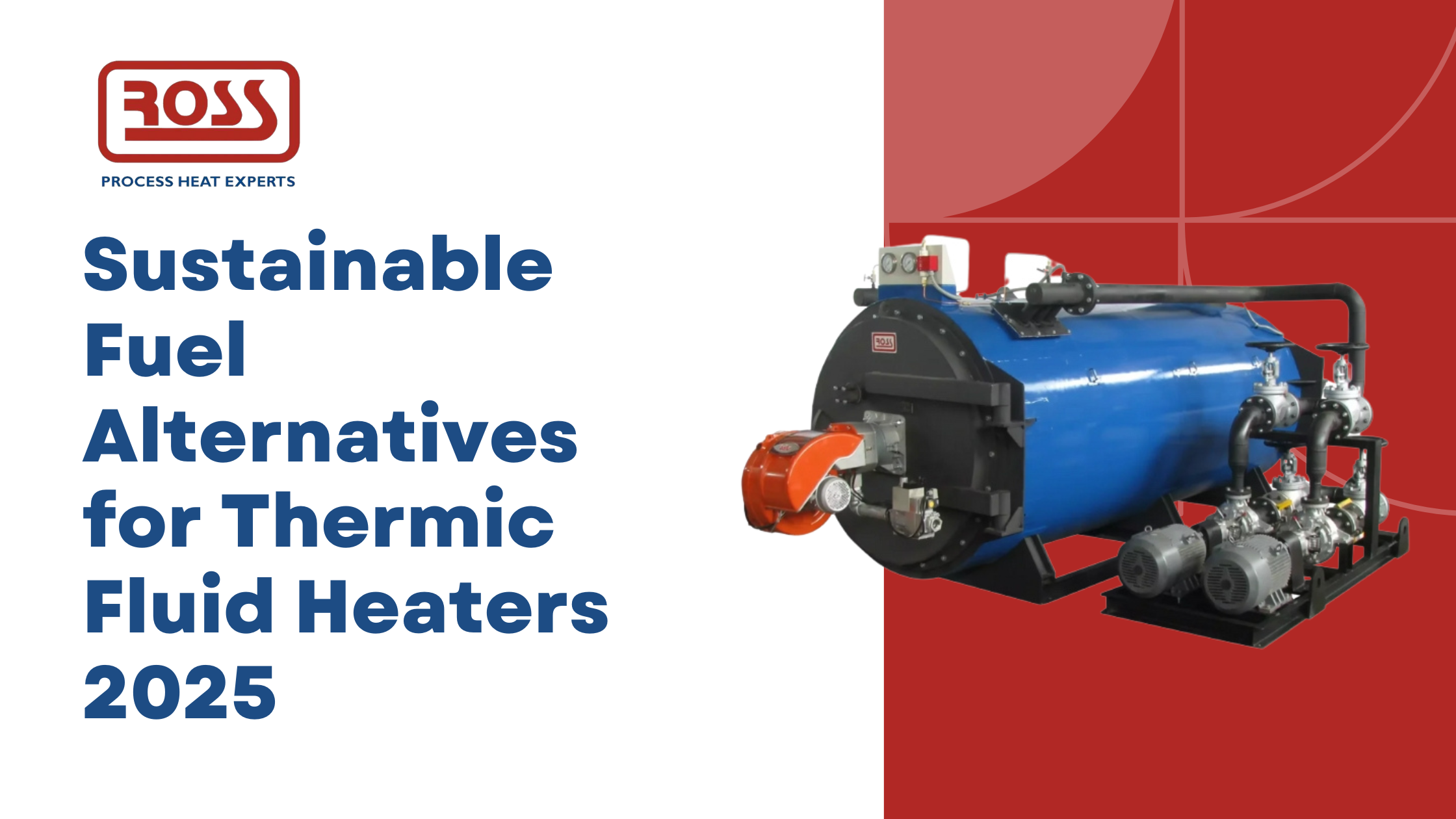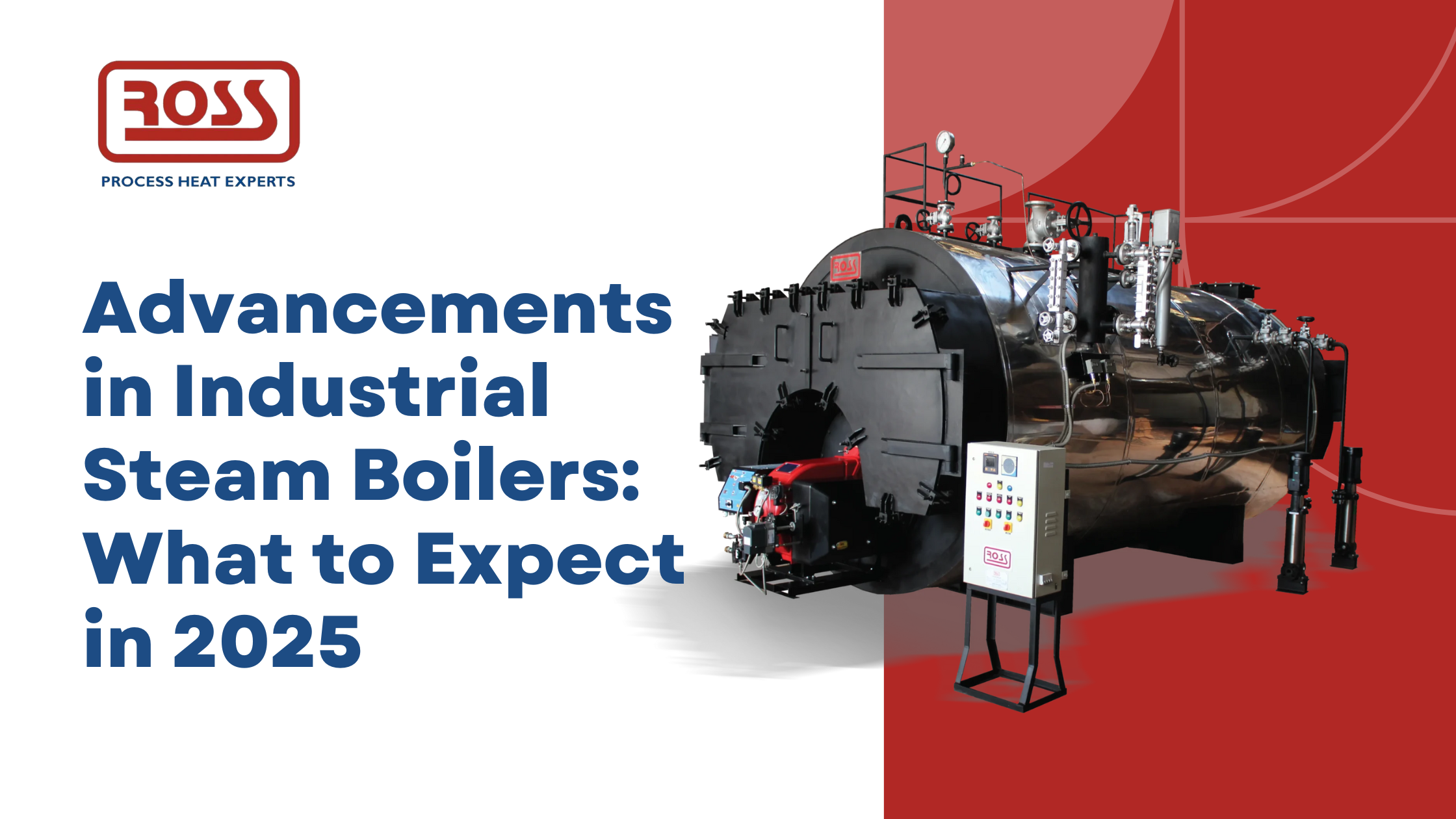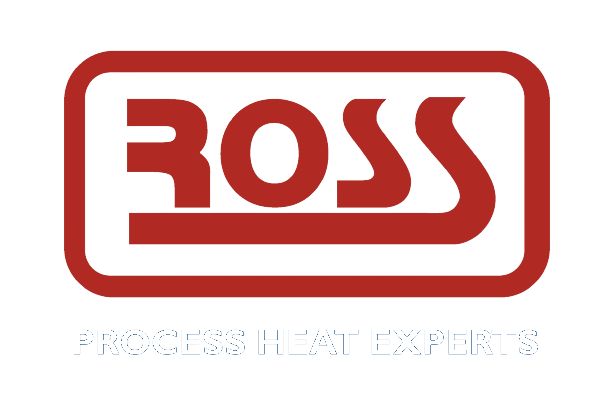Thermal oil heaters are gaining prominence in industrial applications due to their distinct advantages over traditional heating systems. These heaters operate at high temperatures without pressurization, enhancing safety and efficiency. Ideal for industries requiring consistent and uniform heat, thermal oil heaters ensure precise temperature control and minimize energy loss. Their robust design and low maintenance needs further reduce operational costs. Additionally, the versatility in fuel options makes them suitable for diverse industrial processes such as chemical production, food processing, and renewable energy projects. Choosing thermal oil heaters can significantly boost productivity and sustainability in industrial operations.
What is a Thermal Fluid Heater?
A thermal fluid heater, often referred to as a thermal oil heater, is a type of industrial heating system that uses a heat transfer fluid (typically a specialized thermal oil) to carry and transfer heat. Unlike steam boilers that generate heat through the pressurization and condensation of steam, thermal fluid heaters utilize a closed-loop system where the heat transfer fluid is heated and then circulated through the system to achieve the desired heating effect.
How Does the Oil Heater Work?
The operation of a thermal oil heater is centered around the principle of indirect heating. Here’s a step-by-step breakdown of how it works:
1. Heating the Thermal Oil:
The heater unit, typically powered by natural gas, diesel, or electricity, heats the thermal oil contained within it. The oil is gradually heated to very high temperatures, sometimes exceeding 300°C (572°F), without high pressure.
2. Circulating the Oil:
Once heated, the thermal oil is pumped through the system by the circulation pump. This pump ensures a continuous flow of the hot oil to various parts of the industrial process that require heating.
3. Heat Transfer:
As the thermal oil flows through the system, it transfers heat to the target areas or equipment, such as heat exchangers, reactors, or processing tanks. The heat transfer is efficient and uniform, maintaining stable temperatures crucial for many industrial processes.
4. Returning to the Heater Unit:
After transferring its heat, the cooler thermal oil returns to the heater unit to be reheated and recirculated, creating a continuous loop of efficient heat transfer.
5. Control and Safety:
The entire process is monitored and regulated by a sophisticated control system. This system ensures the thermal oil does not overheat and maintains the desired temperature range, providing both efficiency and safety.
What are the Different Types of Thermic Oil Heaters ?
1. Direct Fired Thermal Oil Heaters
Direct fired heaters are the most common type, utilizing a burner that directly heats the oil in the heating coils. These heaters are highly efficient and capable of providing very high temperatures, making them suitable for applications in chemical processing, oil and gas, and manufacturing industries. The direct contact between the burner and the heating medium allows for rapid heating and precise temperature control.
2. Indirect Fired Thermal Oil Heaters
Indirect fired thermal oil heaters operate with an intermediate heat exchanger. The burner heats the air, which in turn heats the oil via a heat exchanger. This design minimizes the risk of contamination between the combustion gases and the heating oil, making it ideal for processes where purity is crucial, such as in food processing and pharmaceuticals.
3. Electric Thermal Oil Heaters
Electric thermal oil heaters use electrical resistance heating elements to heat the oil. These heaters are favored in environments where combustion is impractical or undesirable, such as in cleanrooms or facilities with strict emission regulations. Electric heaters are known for their precision in temperature control and lower maintenance requirements.
4. Circulating Thermal Oil Heaters
Circulating thermal oil heaters feature a closed-loop system where the heated oil is continuously circulated through the heater and the system’s process equipment. This type ensures uniform temperature distribution and is highly efficient for large-scale industrial operations like petrochemical plants and large manufacturing units.
5. Vertical Coil Thermal Oil Heaters
Vertical coil thermal oil heaters have a vertical arrangement of heating coils within the heater shell. This design allows for a compact footprint, making it suitable for installations with limited space. Vertical heaters are often used in industries where space optimization is critical, such as in shipbuilding and small-scale industrial plants.
6. Horizontal Coil Thermal Oil Heaters
Horizontal coil thermal oil heaters have horizontally arranged coils, providing easy access for maintenance and cleaning. These heaters are typically used in larger installations where space is not a constraint. Their design allows for better handling of thermal expansion and contraction, making them durable and long-lasting.
7. Solid Fuel Fired Thermal Oil Heaters
Solid fuel fired thermal oil heaters use solid fuels such as coal, wood, or biomass to generate heat. These heaters are advantageous in regions where solid fuels are abundant and cost-effective. They are commonly used in industries like pulp and paper, where biomass by-products can be utilized as a fuel source.
Conclusion
Choosing thermal oil heaters for industrial applications offers numerous advantages such as higher efficiency, precise temperature control, and enhanced safety compared to other heating systems. These heaters provide consistent and uniform heat, which is essential for various industrial processes, and their low maintenance requirements lead to reduced downtime and operational costs.
At Ross Boilers, we design and manufacture industrial steam boilers designed to the specific requirements of our clients. Ross Boilers has been a leading steam boiler manufacturer in Dubai, Al Ain, Ras Al-Khaimah, Sharjah, Middle East, Ajman, Umm Al Quwain, Fujairah, and Abu Dhabi for 25+ years. Contact us to know more.
